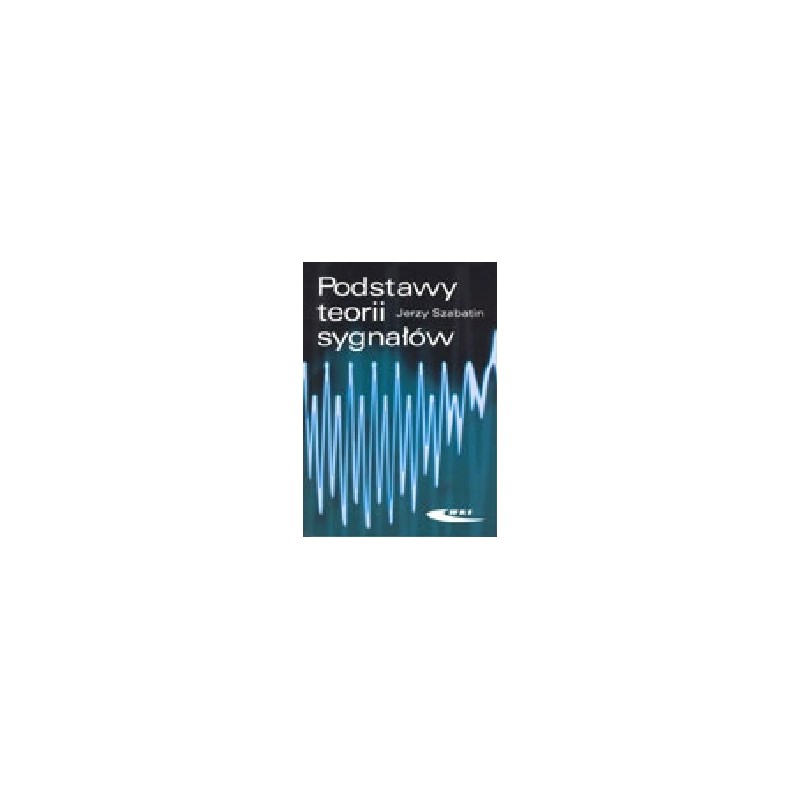- Out-of-Stock



Computer with All Winner A10 processor, Cotex A8, 1.2GHz core, Android 4.0, RoHS
No product available!
No product available!
No product available!
No product available!
Assembled android driver with FT311D. AVT5575 C
No product available!
50x16 Graphic OLED Display, 58x32mm, Negative Black Surface, Yellow Dot, 5V, RoHS
No product available!
No product available!
The controller module with relay outputs, powered by 12-24V DC, is ideal for remote control of electrical devices in various automation systems. SwitchBoxD DC DIN
No product available!
No product available!
No product available!
No product available!
No product available!
No product available!
No product available!
No product available!
No product available!

